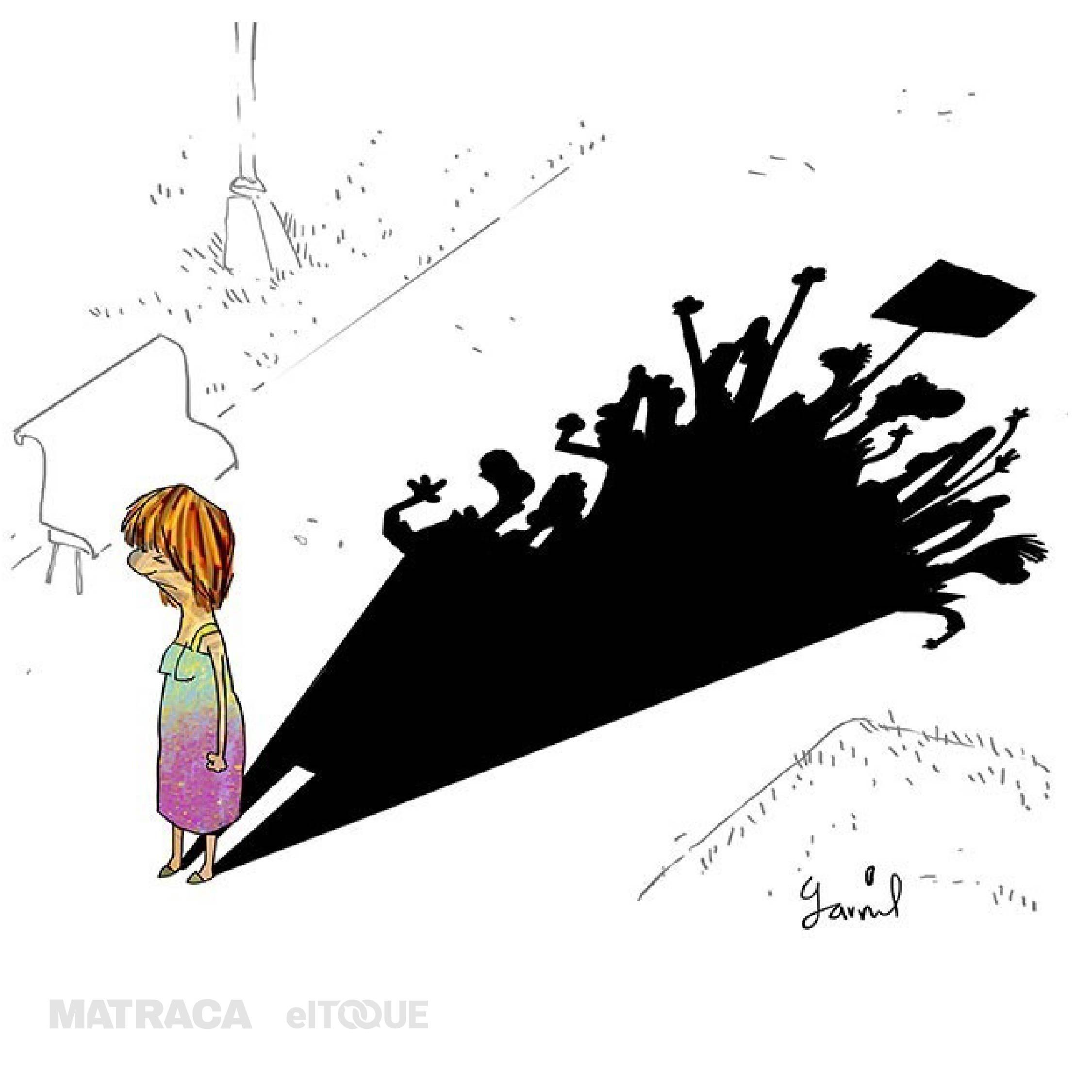The cultural policy of the Revolution (that vertical handful of documents, speeches and laws) is clear on the subject of freedom of content in artistic expression. Fidel Castro said in 1961: “We will always appreciate your creation through the revolutionary prism and glass.”
On that edict a path was carved out in which censorship has been the guiding light. Films, documentaries, novels, short stories, filmmakers, writers, painters have been buried under the false discourse of the Revolution’s right to defend itself… In short, Cuba’s plural cultural history has been buried to build another state regimented one (that it is homogeneous and that it has nothing to criticize or say about the government, always with a few exceptions to paint the appearance).
In 1963, Mirta Aguirre wrote: “the ideological formation of artists must be taken care of, but the greatest concern must be that of the theater artists and writers.” The macabre reproduction of Aguirre’s words flooded and still floods Cuban culture and arts today. This is demonstrated by the recent events surrounding the documentary La Habana de Fito, by Juan Pin Vilar.
Not only was the exhibition of an audiovisual prohibited at the headquarters of the El Ciervo Encantado theater group, but the authorities decided to vilify it and denigrate its filmmakers by projecting a non-definitive version on national television. Projection that was accompanied by comments from “specialists” to make the public understand the “historical manipulations” of the work.
The history of censorship in Cuba, especially in the arts, is a key part of the structure that promotes it.

Statement by Cuban filmmakers. Censorship

Fifo’s Havana. Hate after hate. Sharp, blunted. Hitting is hitting. Technicolor worms sending phone top ups, remittances, and food and other products. Communist Circus Beat. State Security in the city. Agent Iroel, an old peanut seller to finance dissidents…


Dad, I want to go sit in the park!

Long Live a Free Cuba! Homeland and Life! Cuba Hurts! Freedom! Free the Political Prisoners! Diaz Canel is a motherfucker!


The Revolution is the war of freedom against its enemies. Let terror reign!
This article was translated into English from the original in Spanish.











Comments
We moderate comments on this site. If you want to know more details, read our Privacy Policy
Your email address will not be published. Mandatory fields are marked with *